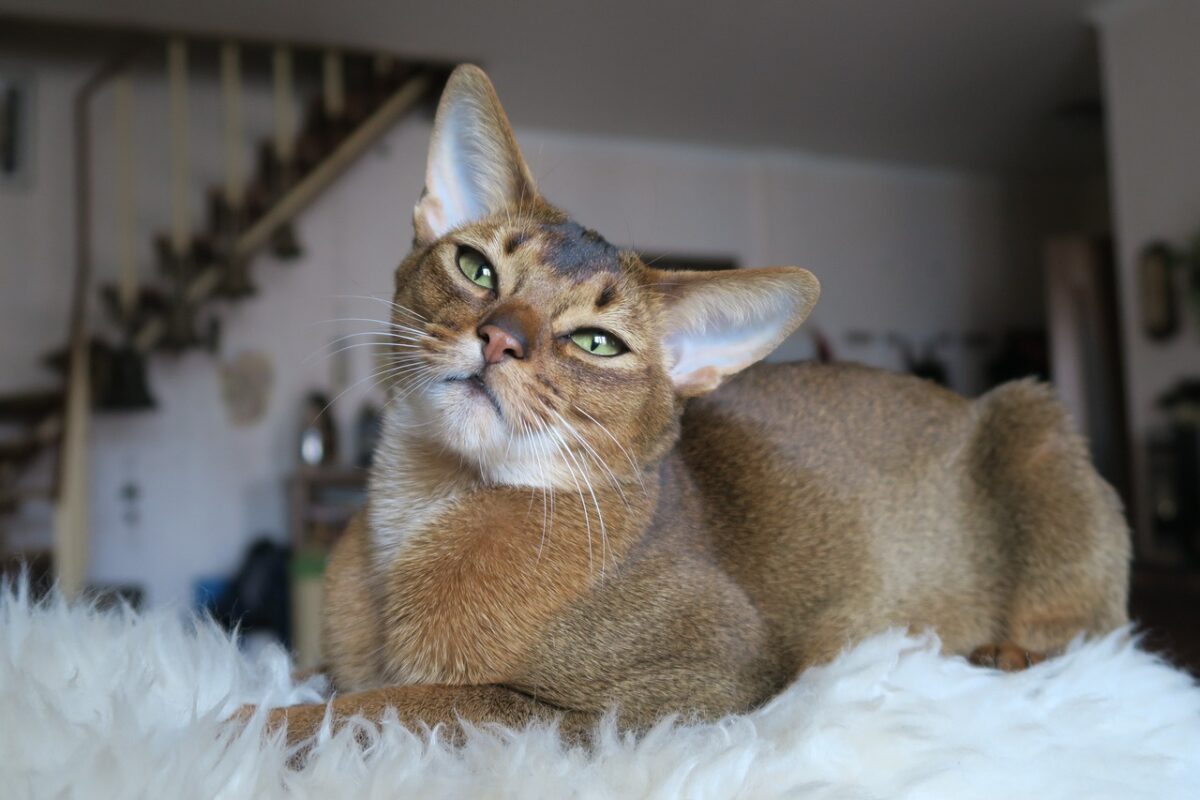Walking into any veterinary clinic, you’ll witness something heartbreaking that most cat lovers never see. Behind those gentle smiles and professional demeanor, veterinarians harbor genuine concerns about certain purebred cats that keep showing up in their examination rooms. These aren’t just random health hiccups – we’re talking about breeds carrying genetic time bombs that tick away throughout their entire lives.
The uncomfortable truth is that decades of selective breeding have transformed some of our most beloved feline companions into walking medical cases. While these cats can live fulfilling lives with proper care, their genetic baggage often translates into years of expensive treatments, painful procedures, and shortened lifespans that break both hearts and bank accounts.
Persian Cats – The Breathing Struggle Is Real

Persian cats’ flat faces make breathing extremely difficult, and they usually have small nostrils and a soft palate which is too long, which can lead to severe breathing problems. This is where affected cats have difficulty breathing due to a very narrow external opening of the nose, narrow nasal passages or nasopharynx, and/or due to a relatively long soft palate – in some cases the breathing difficulties can be severe.
According to research conducted by the University of London’s Royal Veterinary College, two-thirds of these fluffy cats suffer from at least one health condition as a consequence of their limited gene pool. These long-haired felines often endure haircoat disorder, dental disease, overgrown nails, and eye discharge. Your adorable Persian isn’t just high-maintenance – they’re literally struggling to perform basic life functions like breathing and eating.
Scottish Fold – The Cartilage Catastrophe
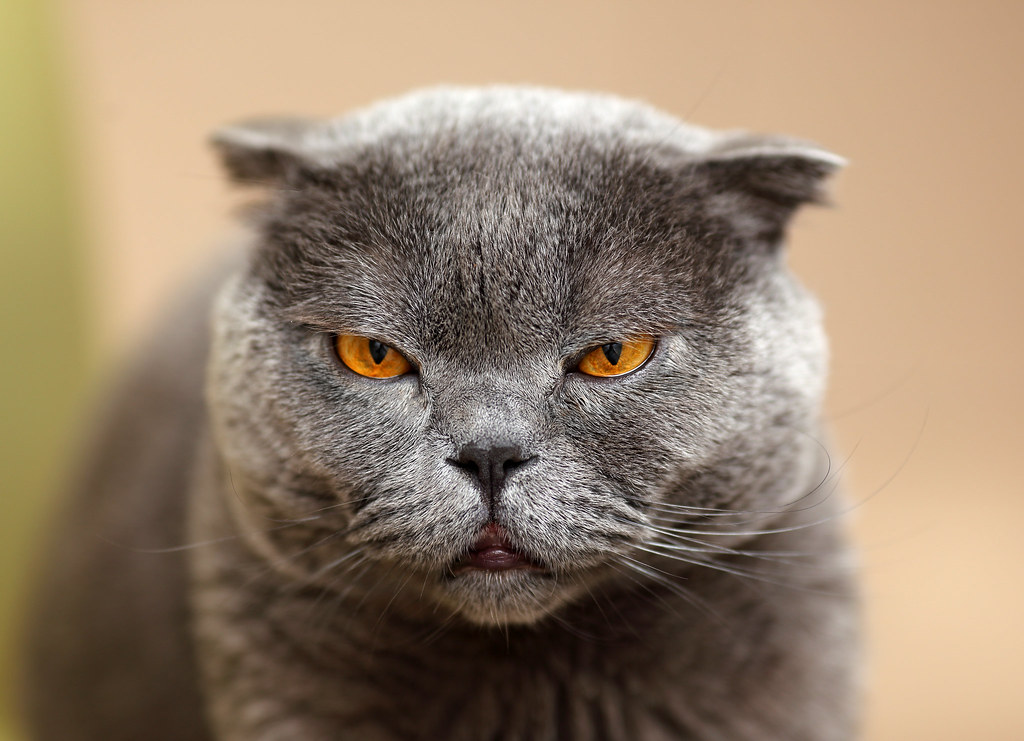
The gene that results in the Scottish fold’s distinctive folded ears also causes degenerative joint disease, which results in painful, crippling arthritis. All Scottish fold cats are affected by this. There is no cure. Many affected cats must be euthanized at an early age to end their suffering.
That irresistibly cute ear fold that melts your heart? It happens due to a lack of cartilage, and this manipulation of their gene pool has led to a painful degenerative disease called Osteochondrodysplasia. This is a dominant trait, meaning all Scottish Folds have it, with the worst effects including the fusing of joints within the tail, ankles, and knees, resulting in abnormally short, misshapen, inflexible limbs.
Maine Coon – The Heart Breaker

About thirty percent of Maine coon cats have a genetic mutation that makes it likely that they will develop hypertrophic cardiomyopathy, with studies indicating that about thirty percent of Maine Coons carry this mutation. This isn’t some minor health quirk – it’s a potentially fatal heart condition that causes the muscle walls to thicken abnormally.
The A31P breed specific mutation for inherited HCM in Maine Coon cats produces moderate to severe cardiac disease which can lead to sudden death by age four years or less for cats that carry two copies of the mutation. Cats that carry one copy of the mutation have a longer life expectancy, but may still develop HCM, with affected Maine Coons displaying symptoms such as lethargy, inappetence, weakness, trouble breathing, collapse, and sudden death.
Exotic Shorthair – Persian Problems in a Smaller Package
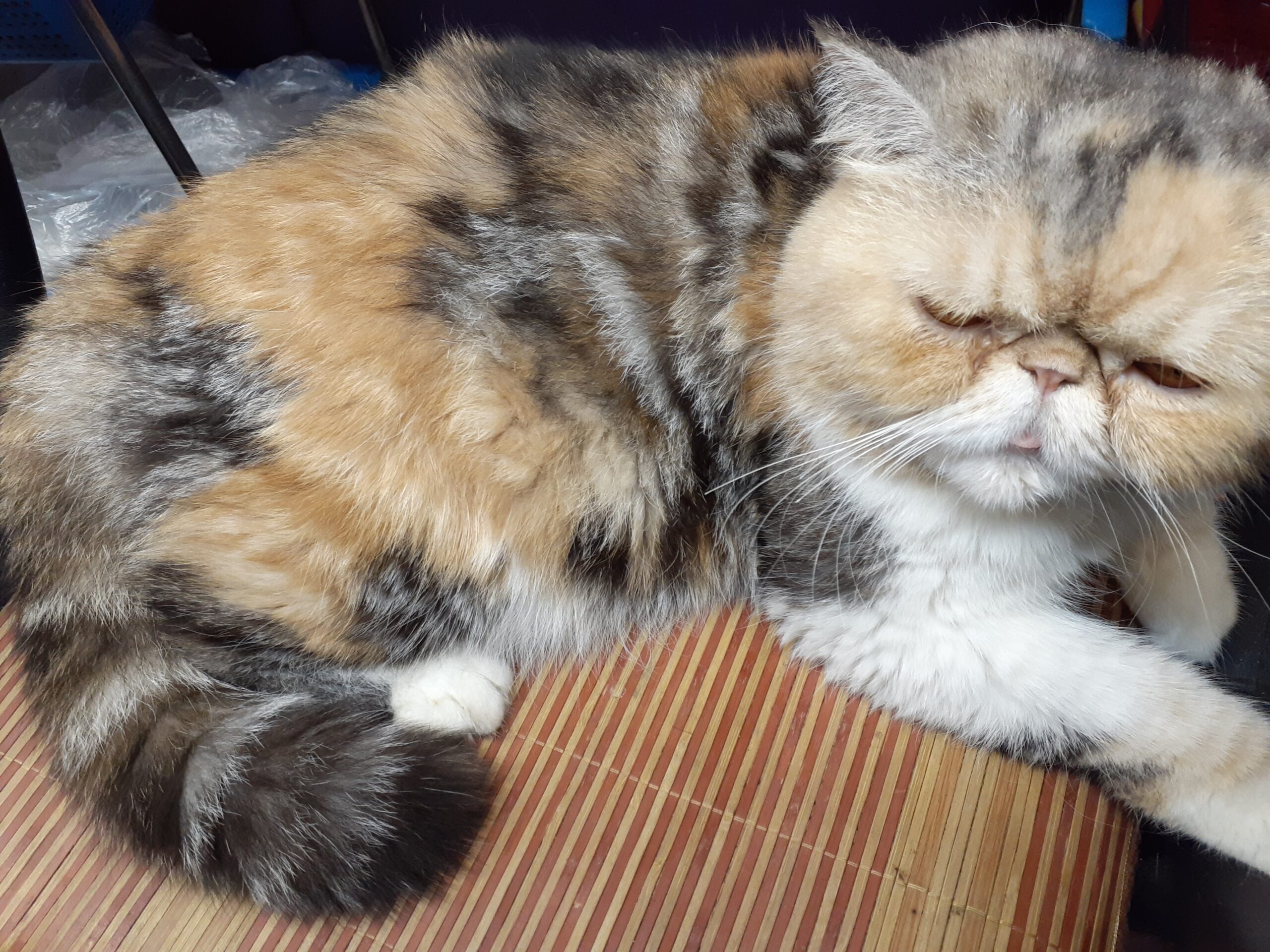
Exotic shorthairs are a cross between Persians and American shorthairs. They suffer from many of the same health problems as Persians, but their coats differ. Exotic shorthairs are the most-registered purebred cat in America, so their suffering is widespread.
Breeders created Exotic Shorthairs to invent a short-haired version of Persians. These round-headed, snub-nosed, chubby-cheeked felines look a lot like their long-haired cousins, and they face many of the same issues as brachycephalics, including a predisposition for PKD, PRA, heart issues, and breathing problems as a result of the shape of their skulls.
Siamese – The Genetic Lottery Loser
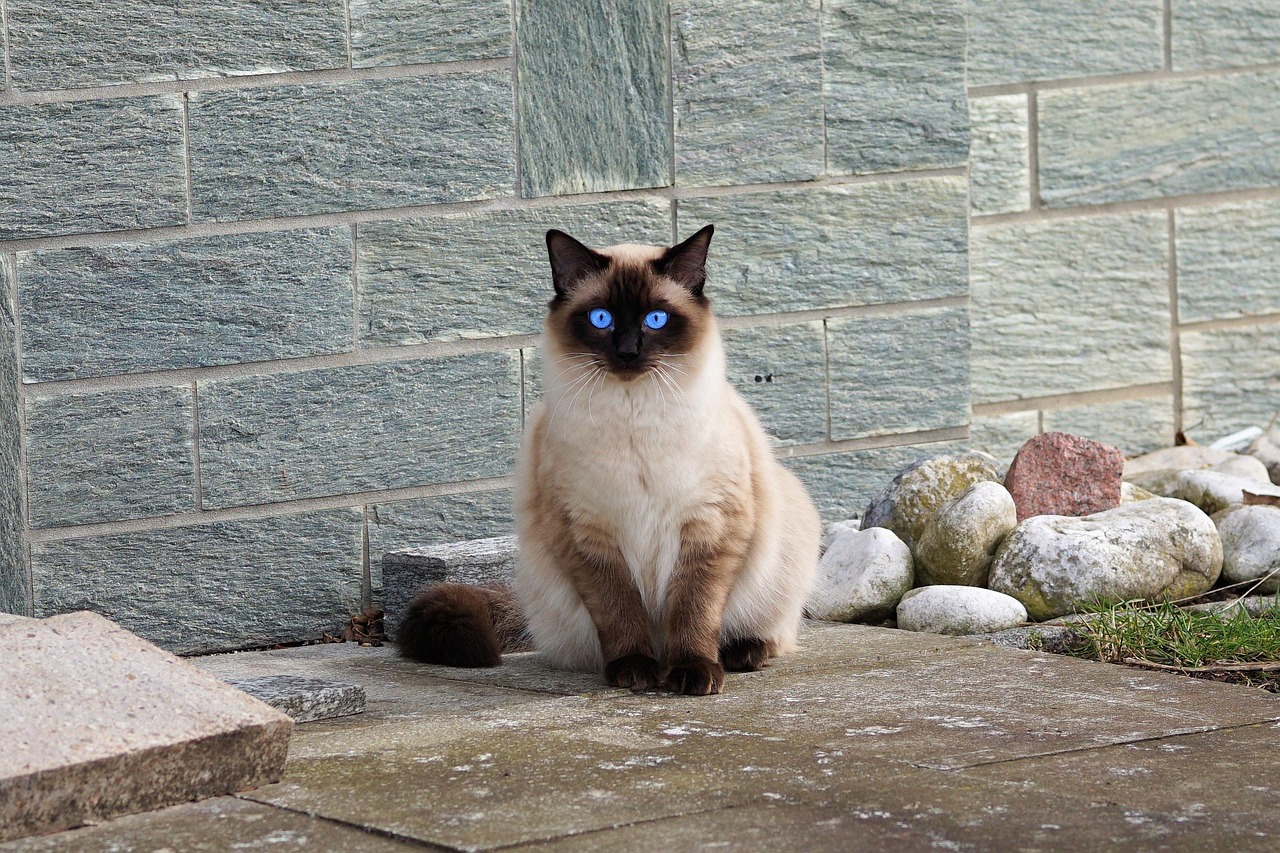
Unfortunately they are prone to some truly nasty health conditions including lymphoma and intestinal cancers, asthma, progressive retinal atrophy, and amyloidosis, and Niemann-Pick disease. While many of these issues may not show up till later in life, if you have a Siamese it is best to prepare for significant veterinary expenses down the road.
While Siamese cats do not have many physical health problems, they are prone to neurological issues including a type of obsessive compulsive disorder. What appears as quirky personality traits might actually be signs of deeper neurological problems that can significantly impact their quality of life.
Manx – The Tailless Tragedy
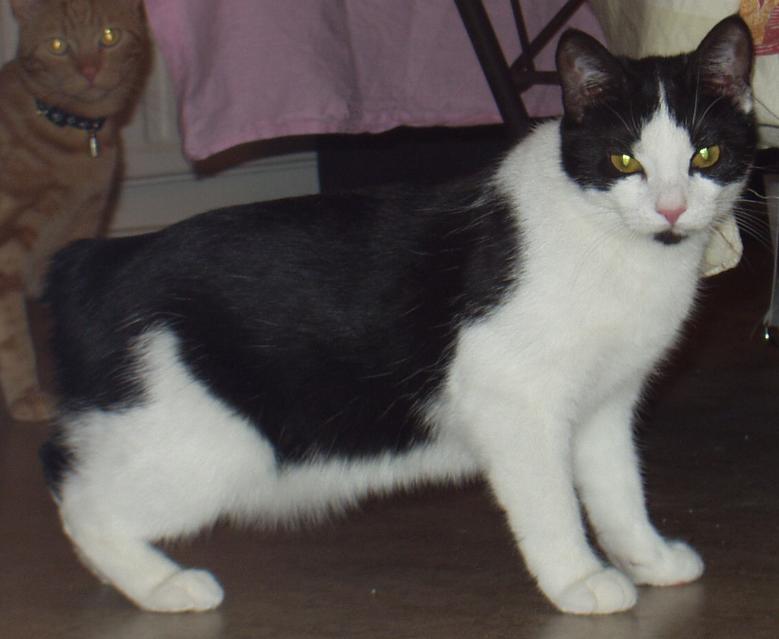
The Manx cat, known for its taillessness, has a captivating charm. However, Manx cats are prone to spinal problems due to their genetics, which can lead to severe discomfort. That distinctive missing tail isn’t just a charming quirk – it’s often a sign of serious spinal defects.
The Manx cat breed has a very distinct feature: a stub tail. Those with shorter tails may have spina bifida and spinal issues due to Manx Syndrome. They may also have difficulty eliminating due to a larger than average colon. These bathroom difficulties can lead to lifelong discomfort and require constant medical management.
Himalayan – The Double Trouble Breed
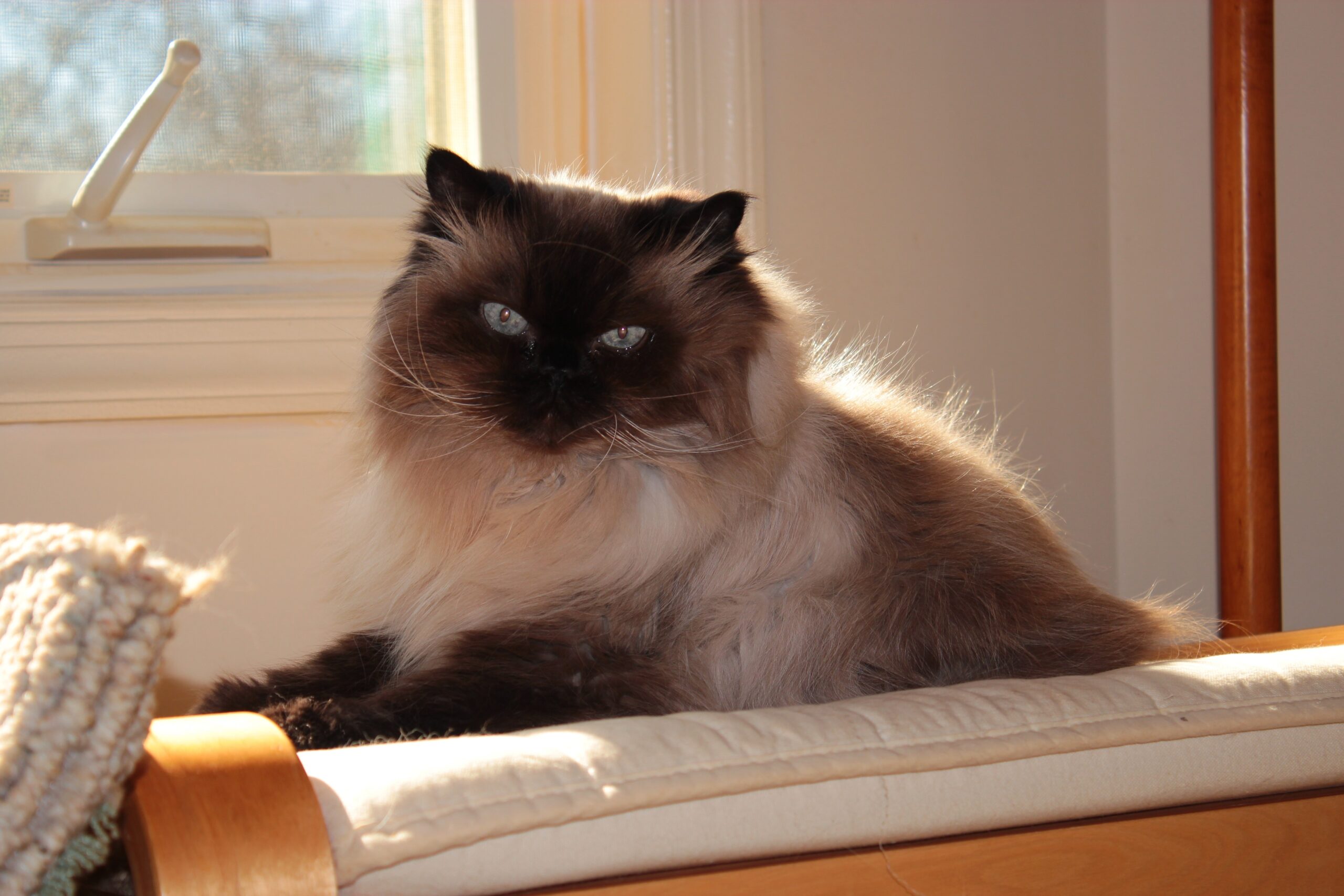
Himalayans are a cross between Persian and Siamese cats, inheriting traits from both. Their luxurious coats require consistent grooming to stay beautiful and healthy. Their flat faces can also lead to breathing issues, similar to the Persian.
Other cat breeds that are known for health problems include the brachycephalic Himalayans, among many others. As cat-lovers, we obviously want our felines to lead the best possible life, but purebred cats are just more likely to suffer from genetic health conditions. They essentially got dealt a double dose of genetic problems from both parent breeds.
Sphynx – The Skin and Temperature Nightmare

Sphynx cats, bred to be hairless, often suffer from chronic ear and skin problems and the inability to stay warm because the fur that they lack was intended to protect their ears and skin and to help regulate body temperature.
Those wrinkly, hairless bodies that look so unique come with a price tag that extends far beyond the initial purchase. The Sphynx is among the breeds known for health problems, requiring constant temperature regulation, frequent skin care, and protection from both sun exposure and cold temperatures that other cats handle naturally.
Bengal – The Wild Health Gamble

Bengal cats are prone to heart disease, bladder stones, and kidney disease, yet breeders keep producing and exploiting them for profit. Despite their stunning wild appearance that commands premium prices, Bengals carry genetic predispositions to multiple serious conditions.
Their exotic spotted coats and muscular builds hide a genetic profile that veterinarians know all too well. The combination of heart problems and urinary issues means Bengal owners often face difficult decisions about expensive treatments or watching their beloved pets suffer through chronic conditions.
Devon Rex – The Muscle Weakness Mystery
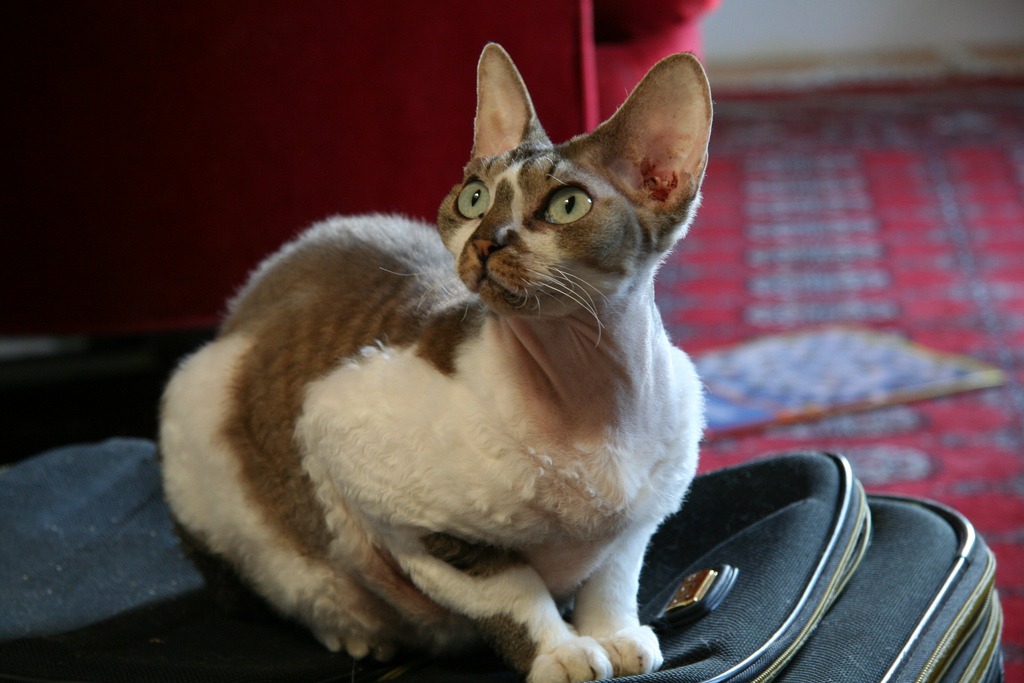
Rex cats are specifically bred to have curly fur. This selective breeding has led to specific health issues, including Devon Rex spasticity, also called hereditary myopathy. This condition makes muscles weak and is eventually fatal.
That adorable curly coat that makes Devon Rex cats so distinctive comes at a devastating cost. Devon Rexes are among the breeds known for health problems, with their unique genetic makeup causing progressive muscle deterioration that owners watch helplessly as it steals their pet’s mobility and eventually their life.
British Shorthair – The Silent Weight Trap

The British Shorthair is known for its round face and dense coat. While they’re generally healthy, they can be prone to obesity. If you’re considering a British Shorthair, remember they need a balanced diet and exercise.
Some British Shorthair cats are at increased risk of developing hypertrophic cardiomyopathy, polycystic kidney disease, and hyperthyroidism. While they are prone to hemophilia B, which is why it is highly important to get a DNA test done. Their calm demeanor masks serious genetic predispositions that require lifelong monitoring and expensive testing.
Abyssinian – The Inbreeding Aftermath

Abyssinian cats have many problems due to a history of in-breeding. They can experience vision, hearing, and dental problems. Those elegant, ancient-looking cats with their distinctive ticked coats carry the genetic baggage of generations of closed breeding programs.
The very features that make Abyssinians so striking – their large ears, almond-shaped eyes, and muscular build – come with a hidden cost. The combination of sensory issues and dental problems means routine veterinary care becomes complex and expensive throughout their lives.
Norwegian Forest Cat – The Enzyme Deficiency Disaster

Health problems sometimes seen in Norwegian forest cats include hypertrophic cardiomyopathy, hip dysplasia, and glycogen storage disease type IV. This rare disorder causes an enzyme deficiency where glycogen can’t be processed properly, causing altered glycogen to build up in muscles and nerves.
Mild to severe knee dislocation and hip dysplasia is also seen in this breed; severe cases may lead to lameness or require surgery. These majestic cats with their thick double coats and impressive size hide genetic time bombs that can explode into mobility issues and metabolic disasters requiring lifelong management.
Burmese – The Sensitivity and Stone Formation Issue
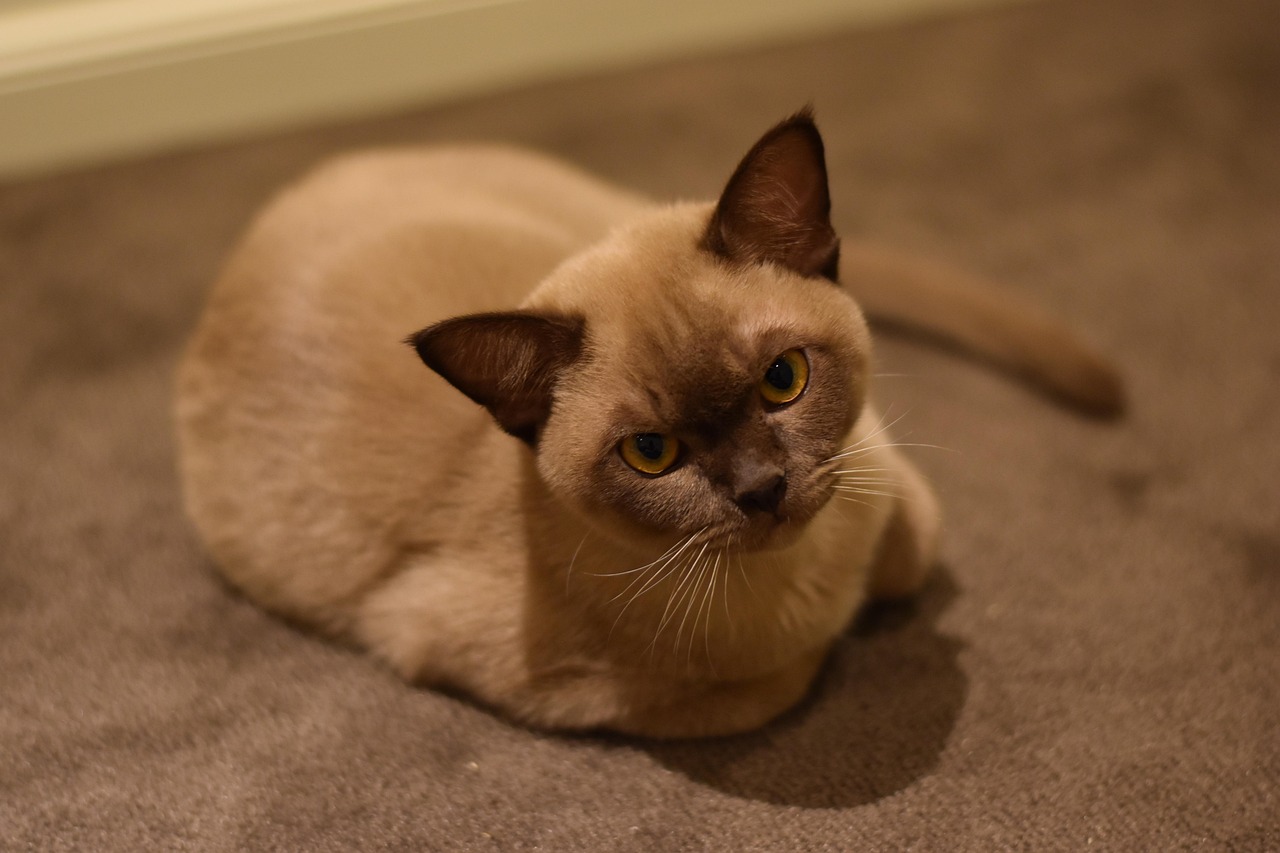
Burmese cats may suffer from feline hyperesthesia syndrome, causing sensitivity to touch or pain. They also have a tendency to develop kidney stones in the urinary tract. What looks like normal grooming behavior might actually be signs of painful hypersensitivity that makes simple petting uncomfortable.
Those sleek, muscular cats with their golden eyes and social personalities carry genetic predispositions that turn basic care into complex medical management. The combination of neurological sensitivity and urinary tract problems means owners face both behavioral challenges and expensive surgical interventions.
Ragdoll – The Cardiac and Bladder Time Bomb

Like many other types of cats, ragdolls can develop a heart condition called hypertrophic cardiomyopathy. They are also prone to bladder stones. These gentle giants with their striking blue eyes and docile temperaments hide serious genetic predispositions beneath their beautiful exteriors.
Although Ragamuffins are more genetically prone to heart or kidney disease, they live a full and healthy life compared to some other breeds. Even their closely related cousins face similar challenges, showing how widespread these genetic issues have become across multiple breeds sharing similar lineages.
Conclusion
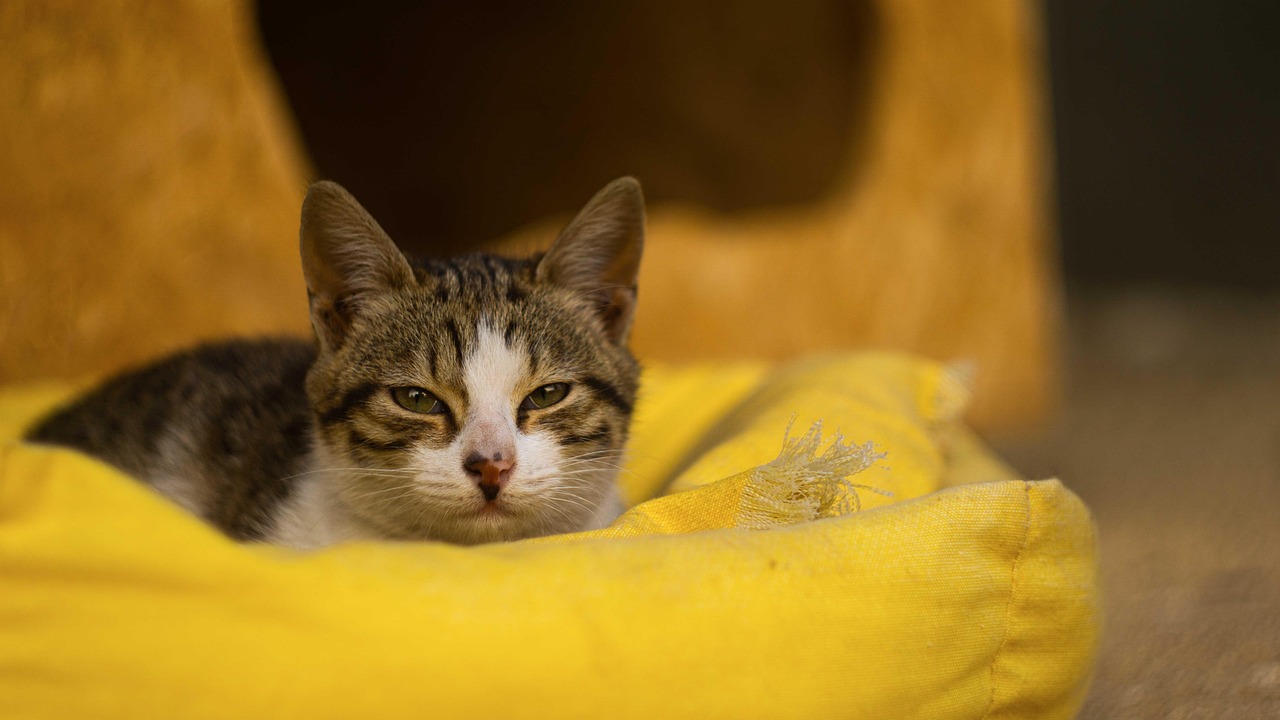
The harsh reality is that our love for specific appearances has created generations of cats who pay the price with their health and comfort. It’s sad to say it, but purebred cats are just more likely to suffer from genetic health conditions. Those animals were born of a limited gene pool and because of that, they’re more prone to painful health issues. Meanwhile, shelters are overcrowded with cats who are in need of a foster or a forever home.
Every veterinarian has stories of watching purebred cats struggle through preventable conditions while healthy mixed-breed cats sit unwanted in shelters. The choice isn’t just about money – it’s about whether we’re willing to perpetuate suffering for the sake of appearance. Before you fall in love with that perfectly posed purebred kitten, remember that the most beautiful cat might be the one waiting at your local shelter, free from the genetic baggage that comes with a pedigree.
What would you choose – a cat bred for looks or one bred by nature for health?
- 12 Fascinating Shark Facts And 3 That Are Totally Wrong - August 21, 2025
- 11 Animals That Can Clone Themselves - August 21, 2025
- 15 Cat Breeds Vets Secretly Wish You’d Stop Buying - August 21, 2025

